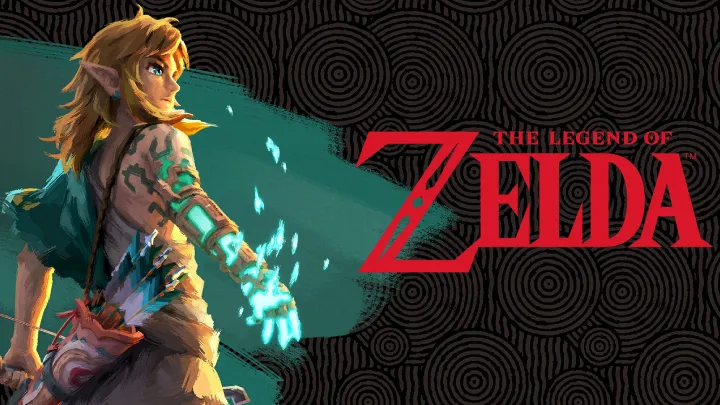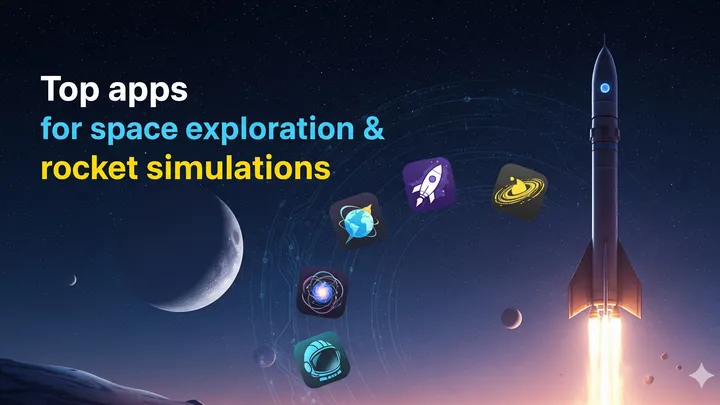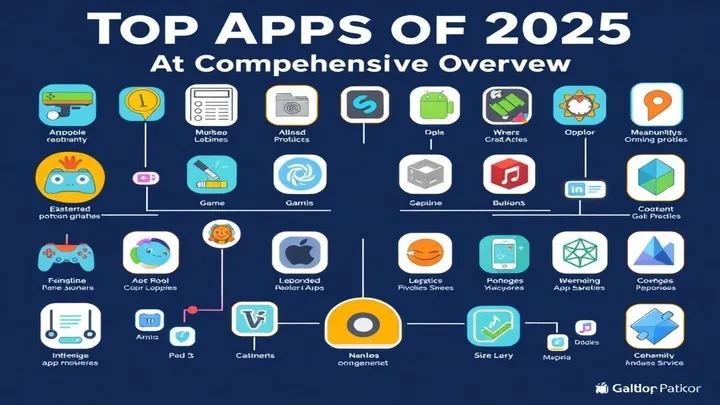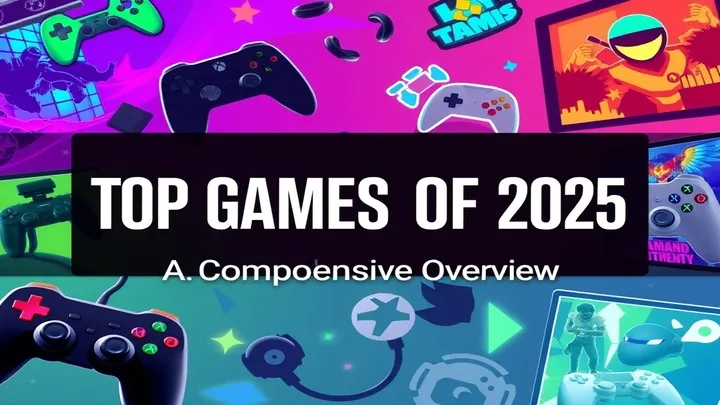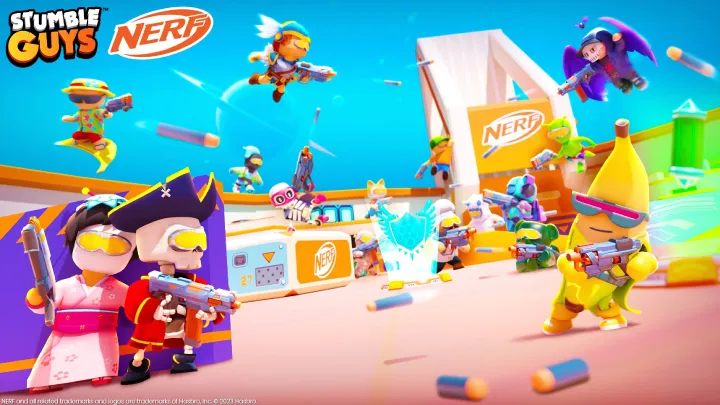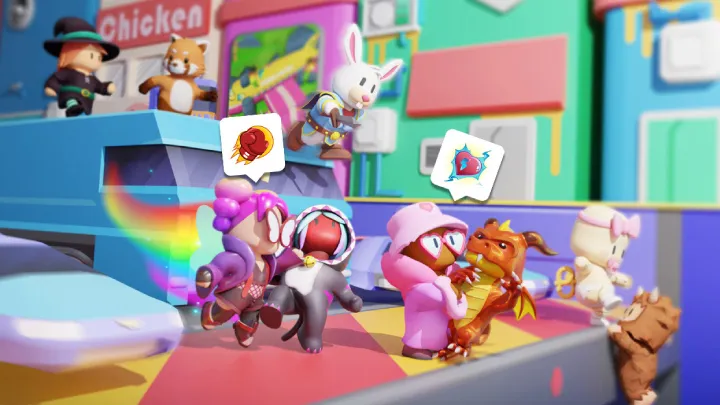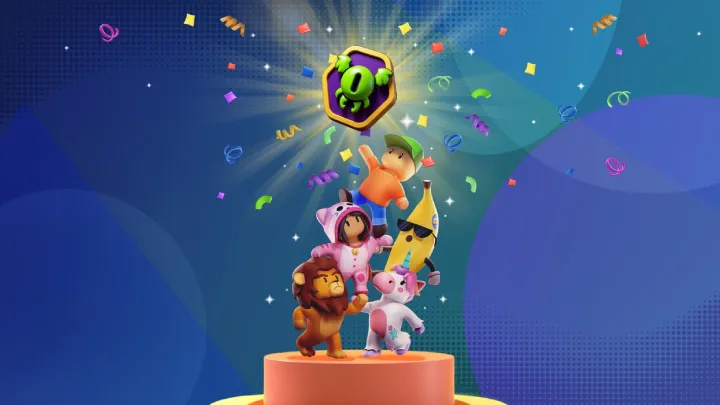The Importance of Lore and World-Building in The Legend of Zelda: Ocarina of Time
The Legend of Zelda: Ocarina of Time is not only celebrated for its groundbreaking gameplay and innovative mechanics but also for its rich lore and immersive world-building. Released in 1998, this title set a new standard for narrative depth in video games, intertwining gameplay with a compelling story steeped in history, mythology, and cultural significance. This article explores the importance of lore and world-building in Ocarina of Time, examining how these elements enhance the player experience and contribute to the game's lasting legacy.
The World of Hyrule: A Living Landscape
A Vast and Diverse Environment
Hyrule, the game's setting, is a meticulously crafted world filled with diverse environments, from lush forests and expansive fields to dark dungeons and desolate mountains. Each area is rich in detail and contributes to the overarching narrative.
Geographic Diversity
The variety of landscapes not only provides different gameplay experiences but also reflects the lore of Hyrule. Locations like Kokiri Forest, Death Mountain, and Zora's Domain each have their own histories and significance, enriching the player’s understanding of the world.
Cultural Depth
Hyrule is inhabited by various races, each with unique cultures, traditions, and histories. The interactions between these races add layers of complexity to the game’s lore.
The Races of Hyrule
- Kokiri: The forest-dwelling children who never grow up, representing innocence and the connection to nature.
- Gorons: The rock-eating warriors of Death Mountain, embodying strength and resilience.
- Zoras: The aquatic race that thrives in water, symbolizing adaptability and grace.
- Gerudo: The desert-dwelling warriors, known for their fierce independence and strength.
These diverse cultures contribute to the richness of Hyrule, making it feel like a living, breathing world.
The Role of Mythology and History
The Legend of the Triforce
Central to Hyrule's lore is the Triforce, a sacred relic that represents the balance of power, wisdom, and courage. The Triforce's significance is woven throughout the narrative, influencing characters' motivations and actions.
The Three Goddesses
The mythology surrounding the Triforce is rooted in the creation myth of Hyrule, involving the three goddesses: Din, Nayru, and Farore. Each goddess represents a different aspect of the Triforce, providing a foundation for the game's themes.
Historical Context
The rich history of Hyrule is explored through various in-game elements, including ancient texts, character dialogues, and environmental storytelling. Players uncover the past as they progress, deepening their understanding of the world.
The Hero’s Journey
Link's role as the Hero of Time is part of a larger cycle of heroes throughout Hyrule's history. This cyclical nature of heroism adds depth to the narrative, emphasizing the idea that the struggle against evil is an eternal one.
Environmental Storytelling
Immersive World-Building
Ocarina of Time excels in environmental storytelling, where the game’s world conveys narrative elements without explicit dialogue. Players learn about Hyrule's history and culture through exploration and observation.
Visual Cues
Locations are designed with intricate details that tell stories of their own. For example, the ruins of the Temple of Time evoke a sense of lost grandeur, while the bustling market in Castle Town reflects the vibrancy of Hyrule’s society.
Interactive Environments
The game encourages players to engage with the world, revealing secrets and lore through exploration. Hidden treasures, collectible items, and NPC interactions provide opportunities for players to immerse themselves in Hyrule's rich history.
Character-Driven Lore
Deepening Connections
The characters in Ocarina of Time are intricately tied to the lore of Hyrule, with their personal stories contributing to the overall narrative. Each character offers insight into the world and its history.
Link: The Reluctant Hero
Link's journey is shaped by his relationships with other characters. His interactions with Princess Zelda, the Great Deku Tree, and various inhabitants of Hyrule reveal different facets of his character and underscore the importance of courage and friendship.
Zelda's Role
Princess Zelda is not merely a damsel in distress; she plays an active role in the narrative. Her transformation into Sheik highlights her strength and resourcefulness, emphasizing the theme of hidden potential.
The Balance of Power
Zelda's connection to the Triforce of Wisdom reinforces the game's themes of balance and responsibility. Her character embodies the idea that true power comes from wisdom and compassion, complementing Link's courageous nature.
Themes of Time and Legacy
The Passage of Time
Ocarina of Time explores the theme of time through its narrative structure, with Link traveling between his childhood and adulthood. This duality allows players to experience the consequences of actions across timelines.
The Weight of Legacy
As Link navigates through time, he confronts the legacy of those who came before him, including past heroes and the impact of their choices. This theme resonates throughout the game, reminding players of the importance of history and heritage.
The Cycle of Heroes
The cyclical nature of heroism is a recurring theme in the Zelda series. Ocarina of Time establishes this idea by showing how each hero's journey contributes to the ongoing struggle against evil, creating a sense of continuity and purpose.
The Lasting Impact of Lore and World-Building
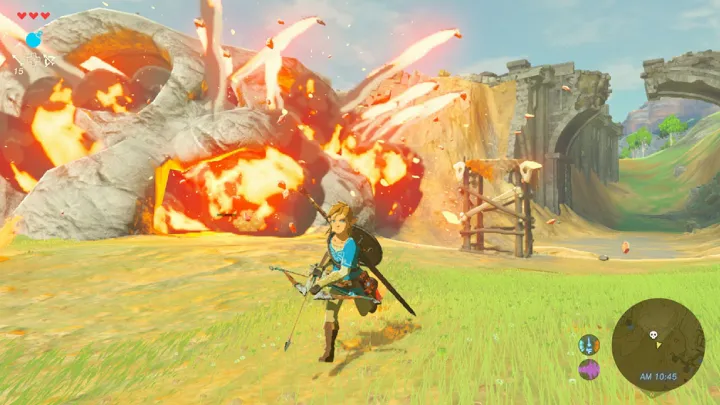
Influence on Future Titles
The rich lore and world-building in Ocarina of Time have set a high standard for future entries in the Zelda franchise and beyond. Subsequent games have expanded upon these foundations, further developing Hyrule's history and mythology.
A Blueprint for Storytelling
The narrative techniques employed in Ocarina of Time have influenced countless games across genres, demonstrating the importance of lore and world-building in creating immersive experiences.
Fostering Community Engagement
The depth of Hyrule's lore has fostered a passionate community of fans who explore theories, discuss connections, and create fan content. This engagement reflects the enduring impact of the game's world-building on players.
Conclusion
The Legend of Zelda: Ocarina of Time is a masterclass in lore and world-building, creating a rich tapestry that enhances the player experience. Through its diverse environments, intricate mythology, and character-driven narratives, the game invites players to immerse themselves in the world of Hyrule. The significance of its lore extends beyond the game itself, influencing future titles and fostering a dedicated community of fans. As players continue to explore Hyrule's depths, they are reminded of the power of storytelling and the importance of a well-crafted world.








